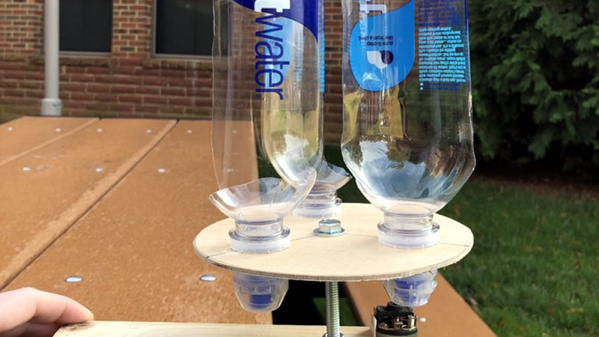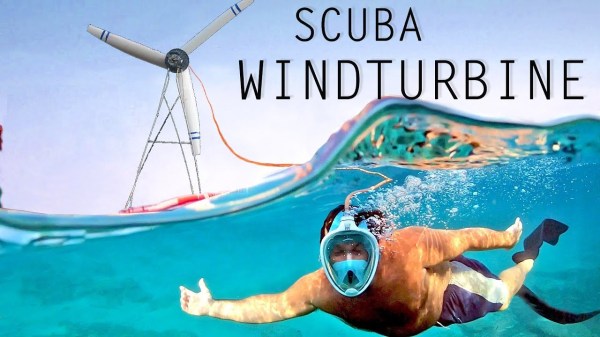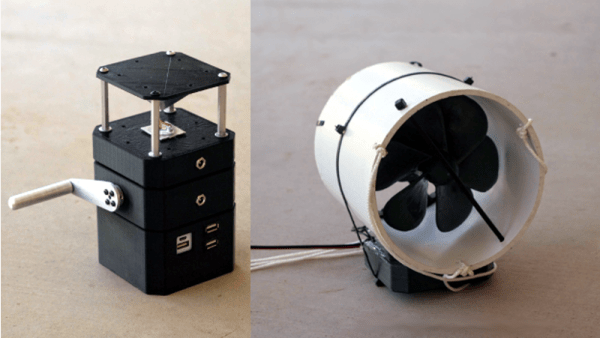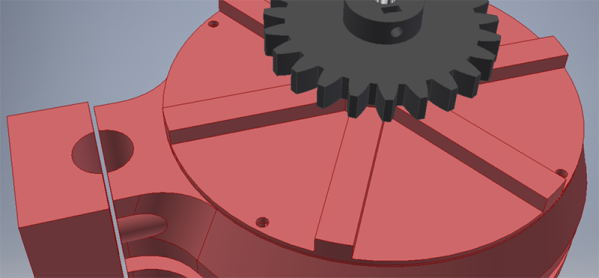It is three weeks after the apocalypse. No zombies yet. But you do need to charge your cell phone. How do you quickly make a wind turbine? If you’ve read this project, you might reach for a few empty water bottles. This educational project might not charge your phone without some extra work, but it does illustrate how to use water bottles to make a workable air scoop for turning a crank and possibly generating electricity.
That takes care of the wind and water aspects, but how did we get solar? According to the post — and we agree it is technically true — wind power is a form of solar power since the wind is driven by temperature differences created by the sun. Technically true!
Continue reading “Generating Power With Wind, Water, And Solar”






















